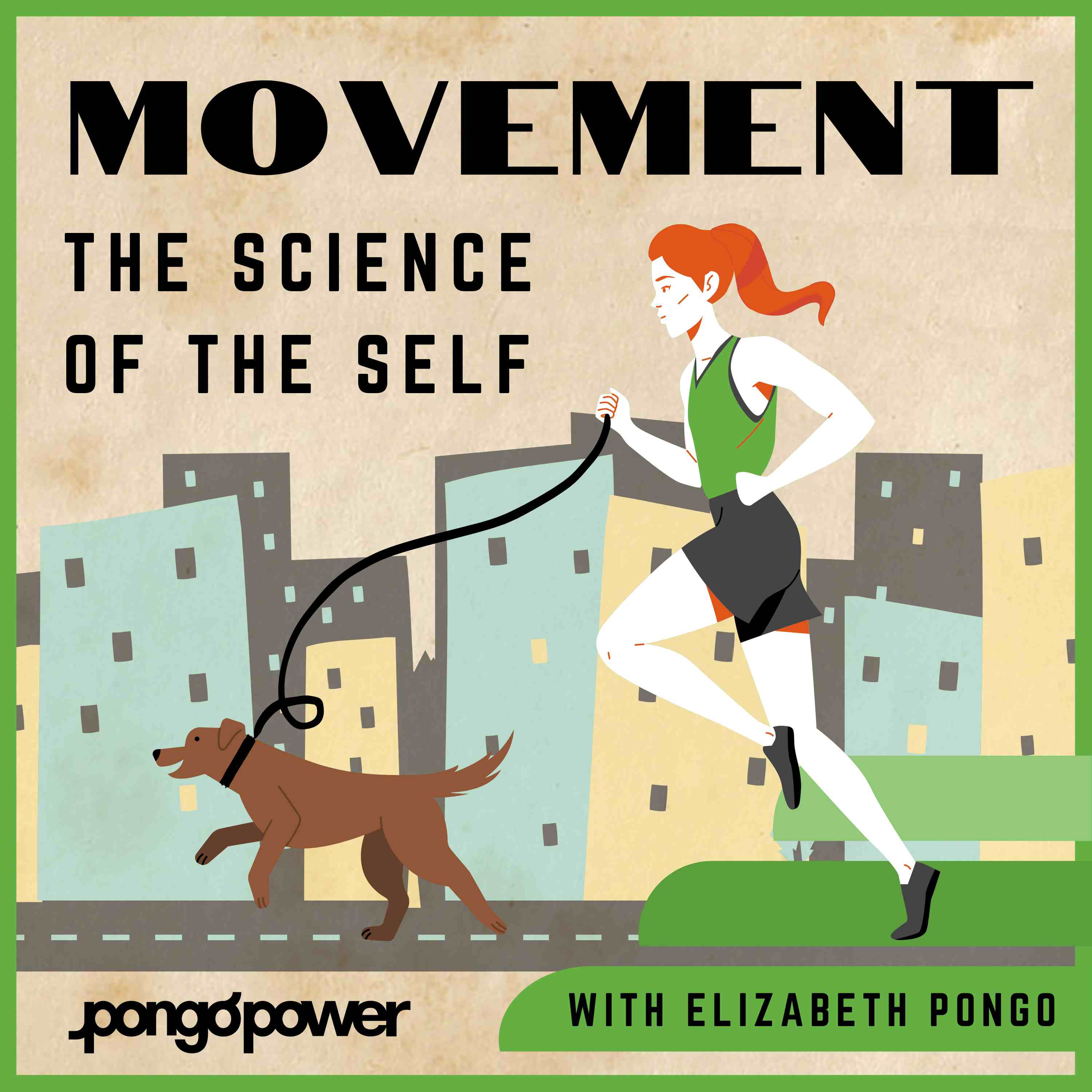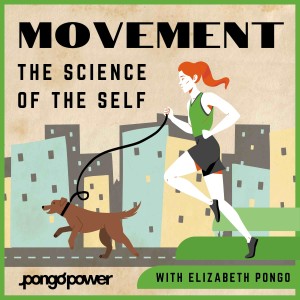
411
Downloads
14
Episodes
Meet your host, Erzsi Pongó the founder of Pongo Power personal training in Brooklyn, New York. Our identity is impacted by our self-image and body image...but what happens when we disown or disassociate from our bodies? How do we form a healthy relationship with our bodies in a culture that supports a sedentary lifestyle? On Movement: The Science of The Self, we provide you with the empowerment you need to move your body as you cultivate your sense of self. Through an exploration of the intersections between body image, self-image and identity, we foster conversations about the ever-evolving process of surrendering our sense of self, so we can invent the freedom necessary to transform all three!
Episodes

Monday Mar 14, 2022
Release Fascial Adhesions: Toys For Your Home Gym
Monday Mar 14, 2022
Monday Mar 14, 2022
Are you feeling stiffness and tension in your body from bad posture and stress? That stiffness and pain may not just be coming from your muscles. A lot of the time, those sensory inputs are coming from the fascia which surrounds your muscles, bones, and joints. In today’s episode, Elizabeth shares tools and exercises to help release adhesions in the fascia.
Elizabeth struggled with tension in her jaw and neck during college. She had to learn to stabilize the fascia surrounding her core muscles to fully release the tension in her neck. Elizabeth shares that regardless of limitations, there are tools you can use to release your fascia while keeping control over how much pressure is applied. She introduces several types of roller tools that you can use alongside diaphragmatic breathing to release tension and hydrate the fascia.
Tune into this week’s episode of Movement: The Science of The Self for step-by-step instruction on exercises you can do with roller tools to release adhesions on your fascia. Learn to use breathing techniques and controlled pressure to release stiffness and pain from your body.
Quotes
• “Over the course of time, I learned how to release the muscles that surround my neck and also my shoulders. It took a lot of learning how to release and to open up my chest, my heart center, as well as strengthening my lats and deep intrinsic stabilization muscle fiber that surrounds my core in order to release my neck.” (1:42-2:46)
• “Sometimes it’s not actually your muscles that are registering this sense of stiffness and pain in your body. Sometimes there are sensory inputs that come from your fascia.” (3:09-3:25)
• “If you are limited in some way, you can always look for one of these sticks. The stick is a great way to roll out adhesions where you are in control of how much pressure you apply to your muscles and your fascia.” (4:49-5:13)
• “It’s really important to encourage your body to release tension as opposed to storing tension up. In our daily lives, these days with the internet and constant stimulation, it seems almost like an anomaly. How do we release tension when we’re getting so much information thrown at us all the time? Well, checking in with your body, connecting with your breath, and using different forms of sensory input where you are applying pressure at your own pace can be a really big help.” (5:41-6:33)
Links
You can buy tools for fascial releaser here:
https://www.optp.com/PRO-ROLLER-Soft
https://www.facebook.com/pongo.power/
https://www.instagram.com/pongopower/

No comments yet. Be the first to say something!